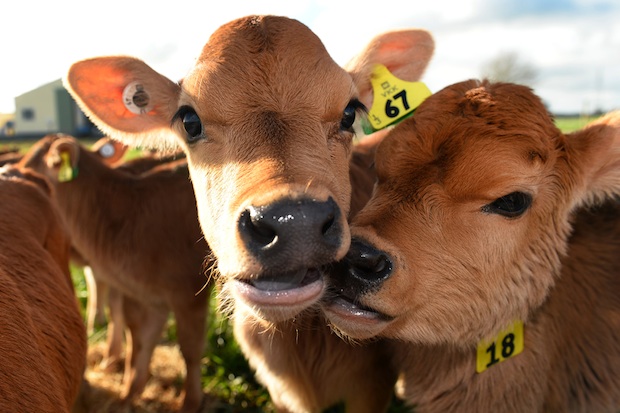How can we encourage children to be closer to nature, when 80% of Britons live in urban areas? This is the question that Michael Gove attempts to answer in his contribution to a recent pamphlet entitled ‘What the Environment means to Conservatives’. He writes, ‘One way we all interact with the natural world is through the food we eat.’
As a result, he wants to apply this thinking to education. He has already made cooking compulsory in schools for all children up to the age of 14 from next September. And his ‘School Food Plan’ aims both to improve the standard of school food, and to teach pupils about where ingredients come from, and how seasons affect food supplies.
But just how realistic is it to expect schools to ‘reconnect’ pupils with nature and their food? It’s no wonder that children are disconnected from food – and particularly animal products – when it is presented in nice plastic packaging or hidden away in ready meals.
Just this week, JBS Family Butchers in Sudbury were in the papers when they were forced to take down their window display. Locals in the Suffolk town complained that the display, which regularly featured creatures such as hares, ducks and rabbits, still with their features and fur, was ‘disgusting’. One said: ‘Everyone knows animals are killed to get meat but you don’t need it shoved in your face like this.’
If Gove can succeed in connecting children to their food, that would be a fantastic achievement; both for their health, and for the health of our agricultural industry. But perhaps if people did have to see meat in its original form – be that in butchers’ shop windows, in school, or in the supermarket – they might think more about the provenance of the meat that they eat on a regular basis. If seeing a rabbit puts you off your lunch, maybe you’re better suited to vegetarianism.







Comments